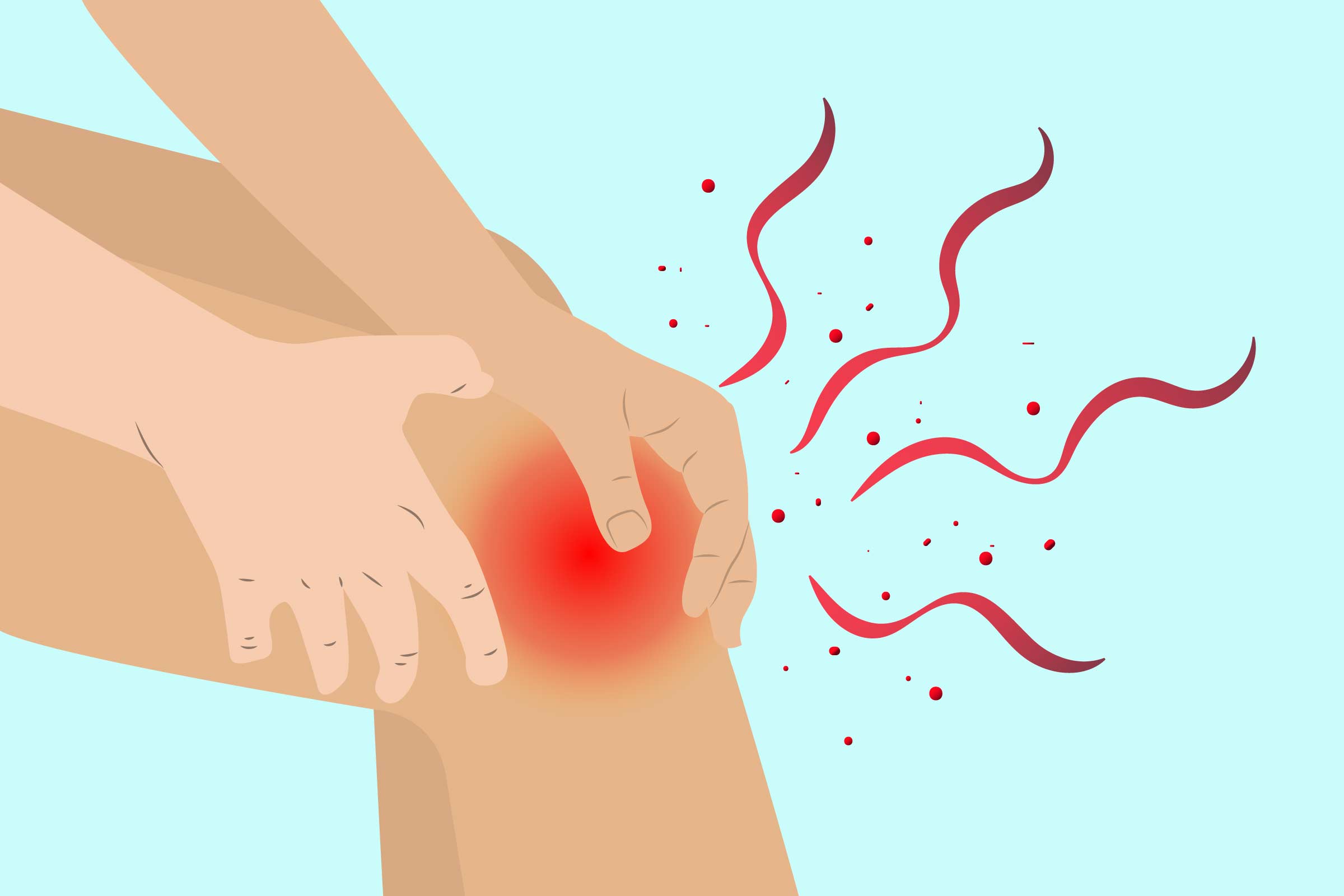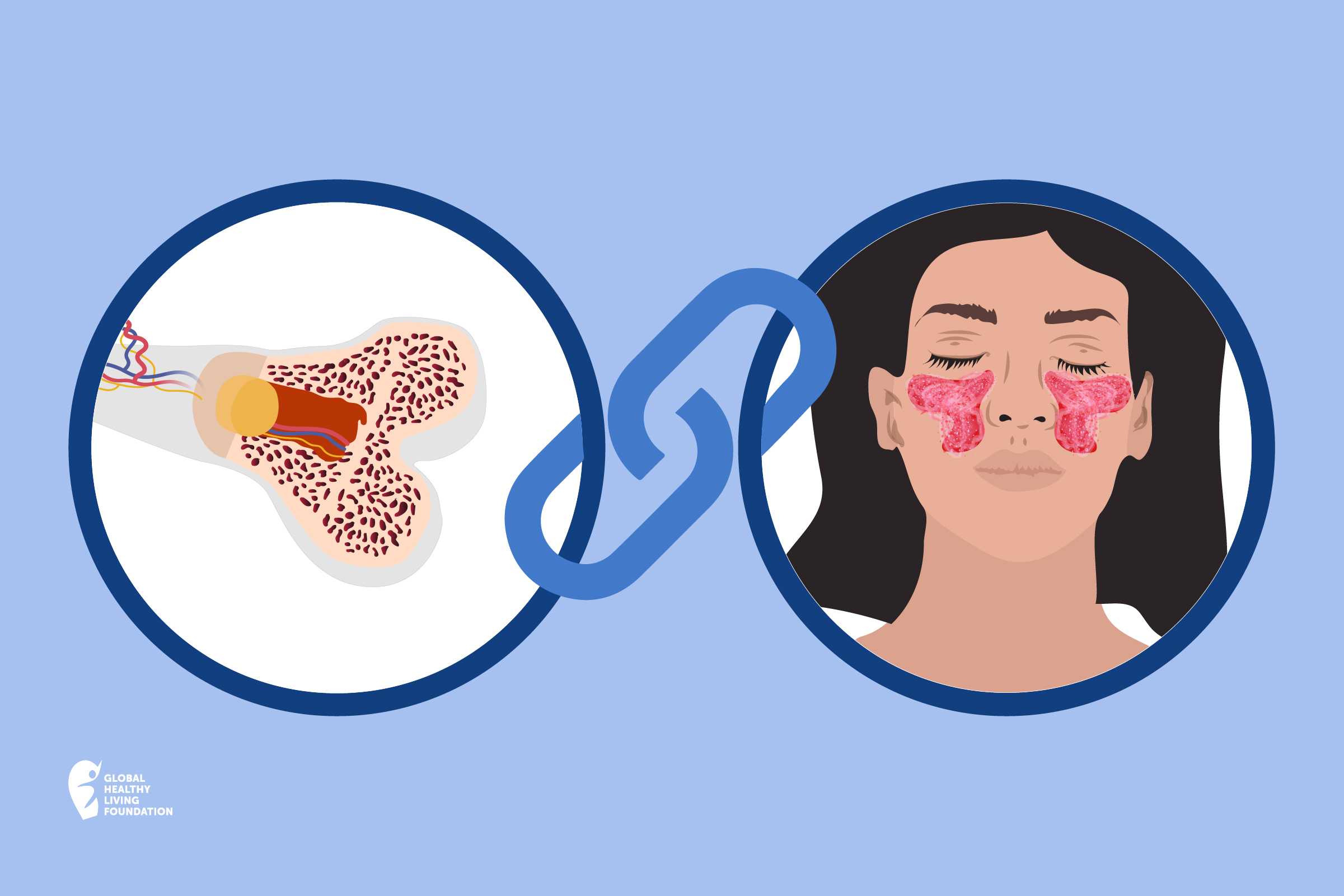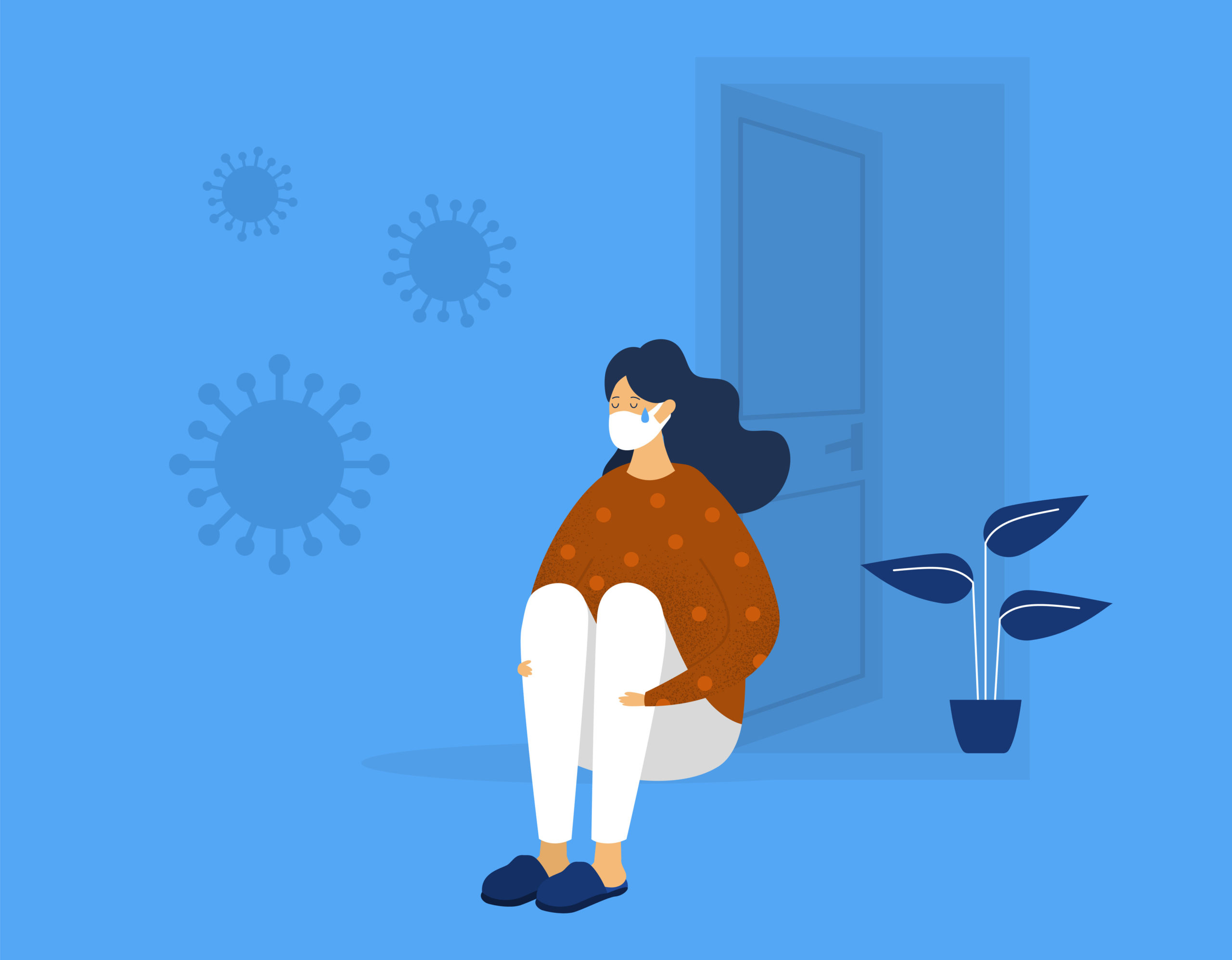Where to sleep, my bed or the couch? With rheumatoid arthritis and fibromyalgia, sleep has never been my friend. If the pain is bad I am on the couch with the TV entertaining and distracting me. Less pain, it’s my bed.
The other night the pain was so bad I not only went to sleep on the couch, I took pain meds. I hate taking these meds because invariably I wake a few hours later, wired but still tired. When I woke the other night something new was added; it felt like little daggers were stabbing me in the thighs. I literally imagined mythical creatures like that horrible troll under the bridge from ‘The Three Billy Goat’s Gruff’ with sword in hand simultaneously stabbing me while maniacally laughing at me.
Was there something on the couch stabbing me? I swept the surface of the couch with my hand and could only find a few miniscule fabric balls or pilling. I tried again and came up empty. I stood up, turned on the light and brushed the cushions of the couch several times. There was nothing.
I lay back down but every time I moved, I was stabbed. This kept me awake for hours. Finally, I grabbed a soft throw and laid it down on the cushions. I fell asleep and woke to the light of day. I immediately looked for what had been stabbing me.
It was from Edgar.
Edgar, my arthritis doggie, had slept on the couch the night before. On close inspection I realized his tiny hairs were embedded into the couch cushions and were sticking up randomly. But Edgar’s hair isn’t coarse at all – on the contrary it is very soft.
I’m the Princess
I realized the stabbing sensation was all thanks to my recently diagnosed sensory processing disorder (SPD). According to WebMD: “Some people with sensory processing disorder are oversensitive to things in their environment. Common sounds may be painful or overwhelming. The light touch of a shirt may chafe the skin.”
The Star Institute for Sensory Processing Disorder states that sensory processing is how the nervous system gets messages from our senses then responds appropriately through behavior or motor results. Therefore, SPD happens when “sensory signals are either not detected or don’t get organized into appropriate responses.” SPD lives on a spectrum in terms of the number of senses involved and the severity of a person’s response to stimuli. Also, SPD has three branches: over-responsiveness, under-responsiveness, and craving. I scored in the “More than Most People” category – only 2% of the population falls here – for my Sensory Sensitivity and Sensation Avoiding efforts. Usually, a person has SPD their whole life like me, but it can also be triggered by diseases like fibromyalgia in adulthood. In my case my RA, fibro, and central sensitization from seven years of 24/7 pain ratcheted it up for me.
Trust me, SPD is no picnic. I can be overwhelmed anyplace or anytime. It can be the light coming from a lamp behind someone I am speaking to. Natural light pouring into my office space means I may need to wear sunglasses while at my computer. Clutter or the presence of lots of different textures/colors besides one another is so over stimulating for me that I cannot shop at certain big box stores. Just looking at all the racks of merchandise makes my head spin.
Trips to a grocery store can only be accomplished with noise cancellation headphones or earbuds with my favorite calming music. Loud, sudden noises hurt. I hear sounds that others do not. One of the most irritating to me is the vent in a bathroom. If it stays on and I am close or hear it, I can’t focus on anything else. It will make me cranky and snap at those around me. Lots of background noise creates a constant sound that is louder than what any person talking to me can be. After a while I lose the sound of their voice and get lost in that thrumming as it pounds my head into oblivion, speech escaping me and light bearing down onto my eyes, so I become blind to any logical thought or movement. I have had many migraines over the years from overstimulating sounds.
Textures rule my world. I had to change my sheets to a very high thread count made from bamboo so that my legs and body will slip into bed and relax instead of causing me pain. My senses confuse light touch with pain so that if a rough fabric touches me it will hurt – like dog hair stuck in a couch. If someone lightly rubs my skin it will hurt. I need firm, strong pressure or it will make my skin crawl.
Food is affected too. That is where it usually starts for kids – so I am told. That is where it started with me. I can’t stand the texture of yogurt, pudding, refried beans, and how over-ripe bananas smoosh in my mouth. I just can’t get past the mush.
Anxiety, crankiness, and frustration are also all wrapped up with this disorder. For me they are interconnected and affect each other intensely. If I am worried or upset about something I will be even more sensitive. If I am exposed to a light or sound that is too strong for me I become more and more anxious until the offender is stopped.
Path to the prize?
For years I never dared tell any one person about all of this. Finally, I told my therapist who suspected SPD and suggested I go for testing. Since my diagnosis, I know what is wrong and have been learning different techniques to handle it. For example, I now have a pair of gloves with the fingers cut out that cover the sensitive parts of my hands. I wear them when I walk Edgar or when I am anxious.
There is no cure for SPD and no medication for it. It affects every single part of my life and all I can do is manage it. But there is an upside. I am highly sensitive and notice tones of voice and reactions to situations that others do not. I pick up on social cues that most other people miss. I can feel emotions when I touch another person. It helps make me a detail-oriented person in my work.
Most of all – my health care providers believe me and support me and are helping me manage it. I am not making it all up or being dramatic. I am truly this sensitive in life because of the fight or flight response always being on in my body. And this is all normal for me. Those who love me just go with the flow. They understand, consider me, and have no problem accommodating me because I am loads of fun to be around and they truly care about me. I am an intense people person who just tries to enjoy life.
Getting this diagnosis was a huge relief. My bad episodes had terrified me. Understanding how to handle my issues has calmed my mind. But let’s be real, it also depresses me. One more thing to struggle with and one more thing to add to my list. But at least now I can name it and prepare for the types of situations that are over-stimulating. I can better enjoy the life I do have.





